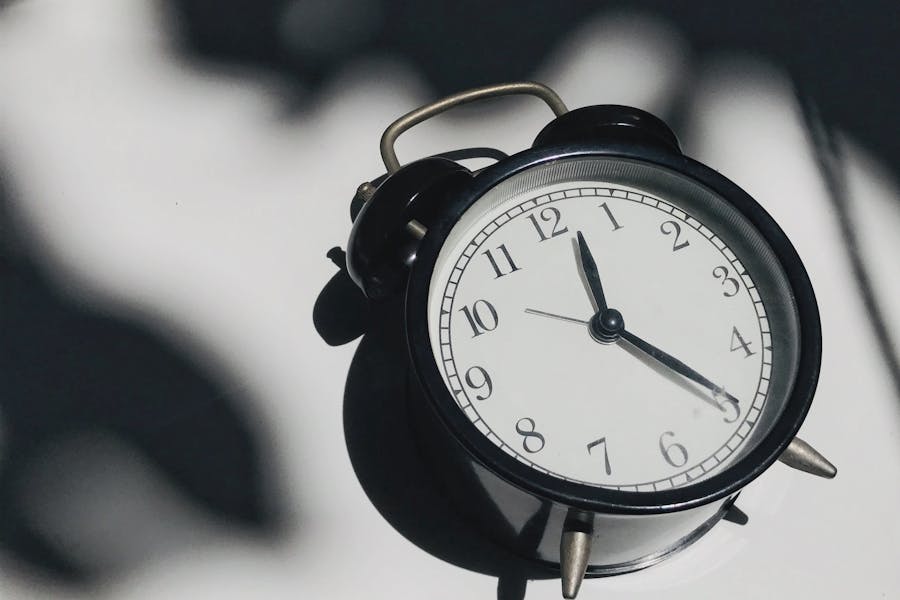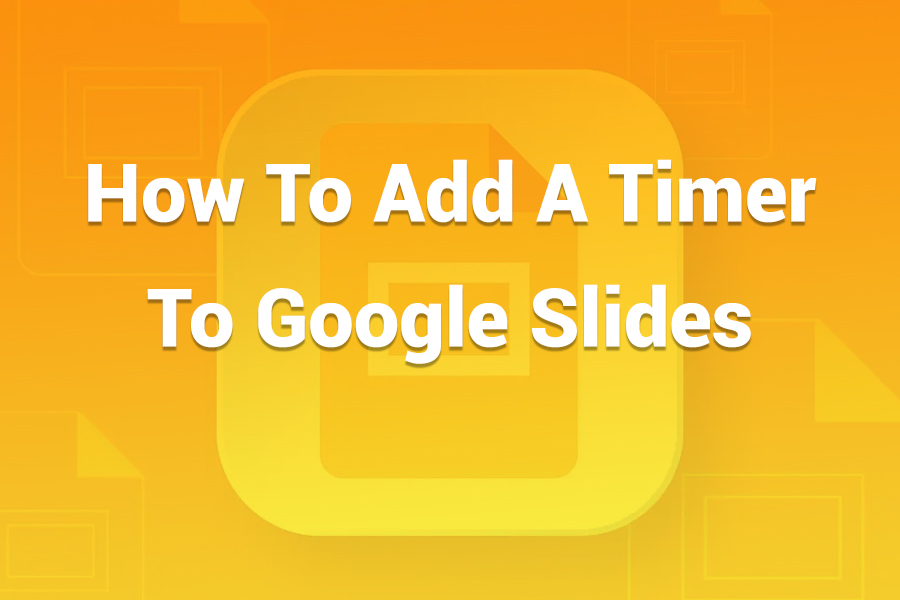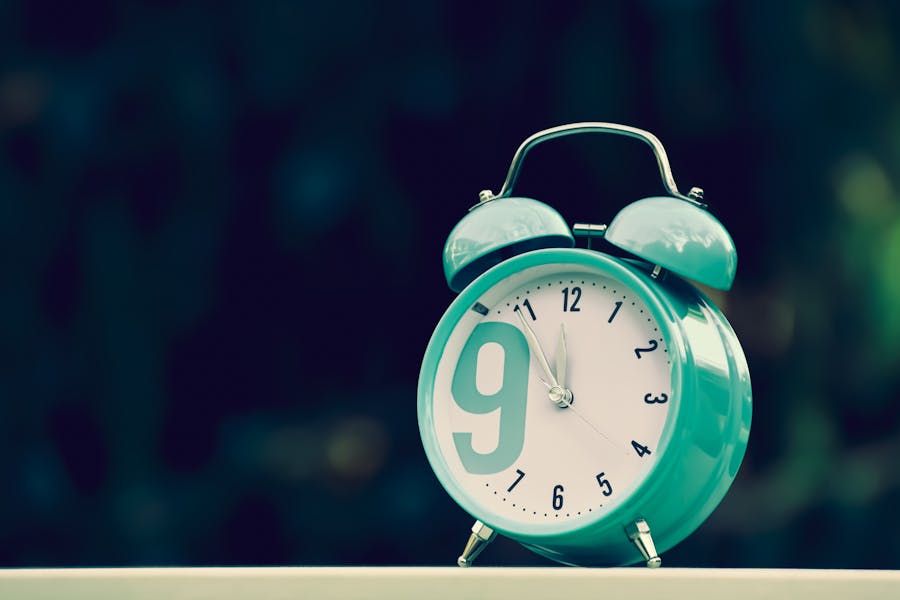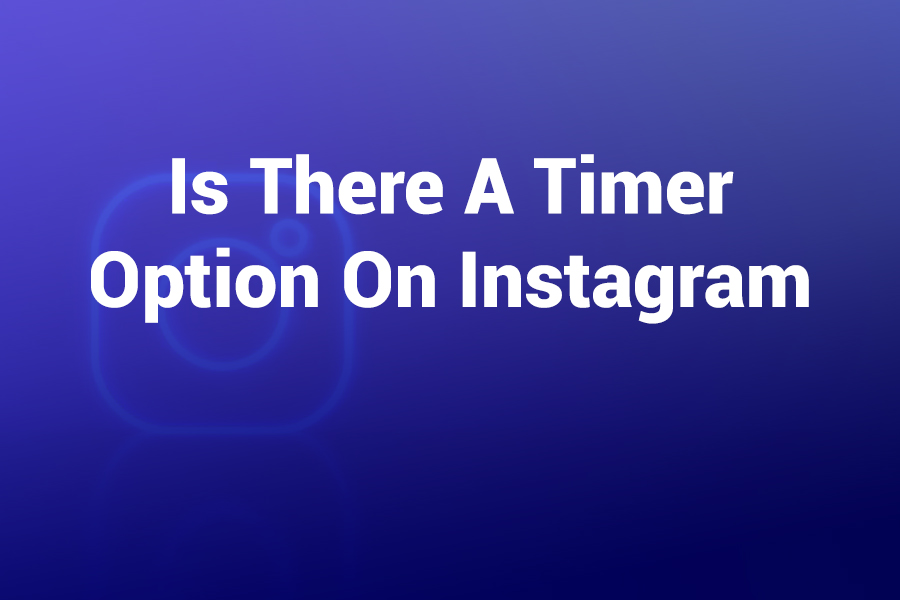
Try a Countdown Timer
Experience a countdown timer in action. Set your desired time and watch it count down.
Understanding Countdown Timers
A countdown timer is a digital or analog tool that counts backward from a specified time interval to zero. Unlike a traditional clock that shows the current time, a countdown timer focuses on the time remaining until a particular event or deadline. When the timer reaches zero, it typically signals completion with a visual or auditory alert.
Countdown timers serve as visual representations of passing time, creating a sense of urgency and helping individuals manage their time more effectively. They transform abstract time concepts into concrete, measurable units that can be easily monitored and understood.
The Evolution of Countdown Timers
The concept of measuring countdown time dates back centuries, though not in the digital form we recognize today. Ancient civilizations used water clocks, hourglasses, and candle clocks to measure specific time intervals. These early timing devices served as the conceptual predecessors to modern countdown timers.
Water Clocks & Hourglasses
Early civilizations used water clocks (clepsydrae) and sand hourglasses to measure specific time intervals for cooking, military operations, and religious ceremonies.
Mechanical Timers
The industrial revolution brought mechanical kitchen timers with wind-up mechanisms that would ring a bell when the set time elapsed.
Space Program
NASA's space program popularized the countdown concept, with dramatic rocket launch countdowns becoming a cultural phenomenon.
Digital Revolution
The first digital timers appeared in consumer electronics, offering precise timing with LCD displays.
Smart Timers
Modern countdown timers are integrated into smartphones, websites, and smart home devices, offering customization, synchronization, and remote control capabilities.
Types of Countdown Timers
Countdown timers come in various forms, each designed for specific purposes and environments. Understanding the different types can help you choose the most appropriate timer for your needs.
Digital Timers
Electronic devices with numerical displays that show hours, minutes, and seconds counting down. These are the most common type, found in kitchens, smartphones, and websites.
Analog Timers
Mechanical devices that use dials or moving parts to display remaining time. Kitchen timers with rotating dials are classic examples, offering a tactile experience.
Software Timers
Applications and web-based timers that offer advanced features like customizable alerts, synchronization across devices, and integration with other software.
Event Timers
Specialized timers designed for specific events like sports competitions, exams, or presentations. These often include large displays visible to multiple people.
Common Applications of Countdown Timers
Countdown timers have become essential tools in numerous aspects of daily life, professional settings, and special events. Their versatility makes them valuable across a wide range of applications.
Cooking and Food Preparation
Kitchen timers help ensure precise cooking times for recipes, preventing undercooked or burnt food. Modern smart kitchen appliances often include built-in countdown timers.
Productivity and Time Management
The Pomodoro Technique and similar time-blocking methods use countdown timers to structure work intervals and breaks, enhancing focus and preventing burnout.
Exercise and Fitness
Interval training, circuit workouts, and timed exercises rely on countdown timers to signal when to switch exercises or take rest periods.
Events and Presentations
Speakers and presenters use countdown timers to manage their allotted time effectively, ensuring they cover all material without running over.
E-commerce and Marketing
Limited-time offers and flash sales use countdown timers to create urgency and encourage immediate purchases.
Gaming
Video games frequently incorporate countdown timers to add pressure and challenge to gameplay, requiring players to complete objectives within time constraints.
How Countdown Timers Work
Understanding the mechanics behind countdown timers can help you appreciate their functionality and choose the right type for your needs.
Digital Timer Mechanics
Digital countdown timers operate using electronic components and programming. At their core, they contain:
- Microcontroller: The "brain" that processes time calculations
- Crystal Oscillator: Provides precise timing pulses
- Display: Shows the remaining time (LCD, LED, etc.)
- Input Interface: Buttons or touchscreen for setting the time
- Alarm System: Speaker or buzzer for alerts
The timer decrements its internal counter at regular intervals (typically one second) until it reaches zero, then triggers the alarm system.
Software Timer Implementation
Software-based countdown timers use programming logic to track time:
- Time Calculation: Using system clock or time API
- Event Listeners: Detecting user interactions
- Rendering: Updating the visual display
- Notification System: Alerting when time expires
Most modern web-based timers use JavaScript's setInterval() or setTimeout() functions to update the display at regular intervals.
The Psychology of Countdown Timers
Countdown timers have profound effects on human psychology and behavior, which explains their effectiveness in various applications.
Urgency and Scarcity
Countdown timers create a sense of urgency by making time visible and finite. This triggers what psychologists call the "scarcity principle" — we value things more when they appear limited or time-constrained.
Focus and Productivity
When working against a visible timer, people tend to experience increased focus and reduced procrastination. The Zeigarnik effect suggests that we remember uncompleted tasks better, and a timer helps maintain attention on completing the task before time runs out.
Anxiety and Pressure
While timers can boost productivity, they can also induce stress and anxiety in some individuals. The visible countdown can create performance pressure, which may either enhance or impair performance depending on the person and context.
Satisfaction and Achievement
Completing tasks within a set timeframe provides a sense of accomplishment and releases dopamine, reinforcing positive associations with timed work sessions.
Benefits of Using Countdown Timers
Incorporating countdown timers into your daily routines and workflows offers numerous advantages:
Improved Time Management
Countdown timers help you allocate specific time blocks to tasks, preventing time wastage and ensuring balanced attention across responsibilities.
Enhanced Focus
Working with a timer creates a "race against the clock" mentality that can boost concentration and minimize distractions.
Reduced Procrastination
Committing to work for a specific time period makes starting tasks less daunting, helping overcome the initial resistance to begin challenging work.
Prevents Burnout
Structured work intervals with built-in breaks (as in the Pomodoro Technique) help maintain energy levels and prevent mental exhaustion.
Better Time Awareness
Regular use of countdown timers improves your intuitive sense of time passing, helping you make more accurate time estimates for future tasks.
How to Choose the Right Countdown Timer
With countless options available, selecting the appropriate countdown timer depends on your specific needs and preferences:
Purpose and Environment
Consider where and how you'll use the timer. Kitchen timers need to be loud and durable, while office timers should be quieter and less intrusive.
Features and Functionality
Determine which features matter most: multiple timers, custom sounds, visual indicators, or integration with other systems.
Accessibility and Usability
Ensure the timer is easy to set and read. Large displays benefit those with visual impairments, while simple interfaces work better for non-technical users.
Portability and Availability
Decide if you need a physical device or if a software timer on your existing devices would suffice. Consider whether you need access across multiple devices.
The Future of Countdown Timers
As technology continues to evolve, countdown timers are becoming more sophisticated and integrated into our digital ecosystems:
AI-Enhanced Timing
Future timers may use artificial intelligence to learn your patterns and automatically suggest optimal timing intervals for different activities based on your productivity data.
Biometric Integration
Timers could integrate with wearable technology to adjust work intervals based on physiological signals like heart rate variability, alertness levels, or stress indicators.
Ambient Awareness
Smart timers may become more environmentally aware, adjusting their display brightness, volume, or notification methods based on your surroundings and activities.
Augmented Reality Timers
AR technology could display countdown timers in your field of vision without requiring you to look at a separate device, creating less disruptive time awareness.
Conclusion: Harnessing the Power of Countdown Timers
Countdown timers, despite their conceptual simplicity, are powerful tools that can transform how we manage time, complete tasks, and maintain focus in an increasingly distraction-filled world. From ancient hourglasses to sophisticated digital applications, the fundamental purpose remains unchanged: making time visible and manageable.
Whether you're using a timer to perfect your cooking, enhance your productivity, optimize your workouts, or create urgency in marketing campaigns, understanding how to leverage countdown timers effectively can yield significant benefits. As we've explored, the psychological impact of watching time count down creates a unique motivation that can be channeled toward greater efficiency and accomplishment.
As you incorporate countdown timers into your daily routines and workflows, remember that the goal isn't always to race against the clock, but rather to develop a healthier relationship with time itself—one where you're in control, aware, and intentional about how you spend each precious minute.







